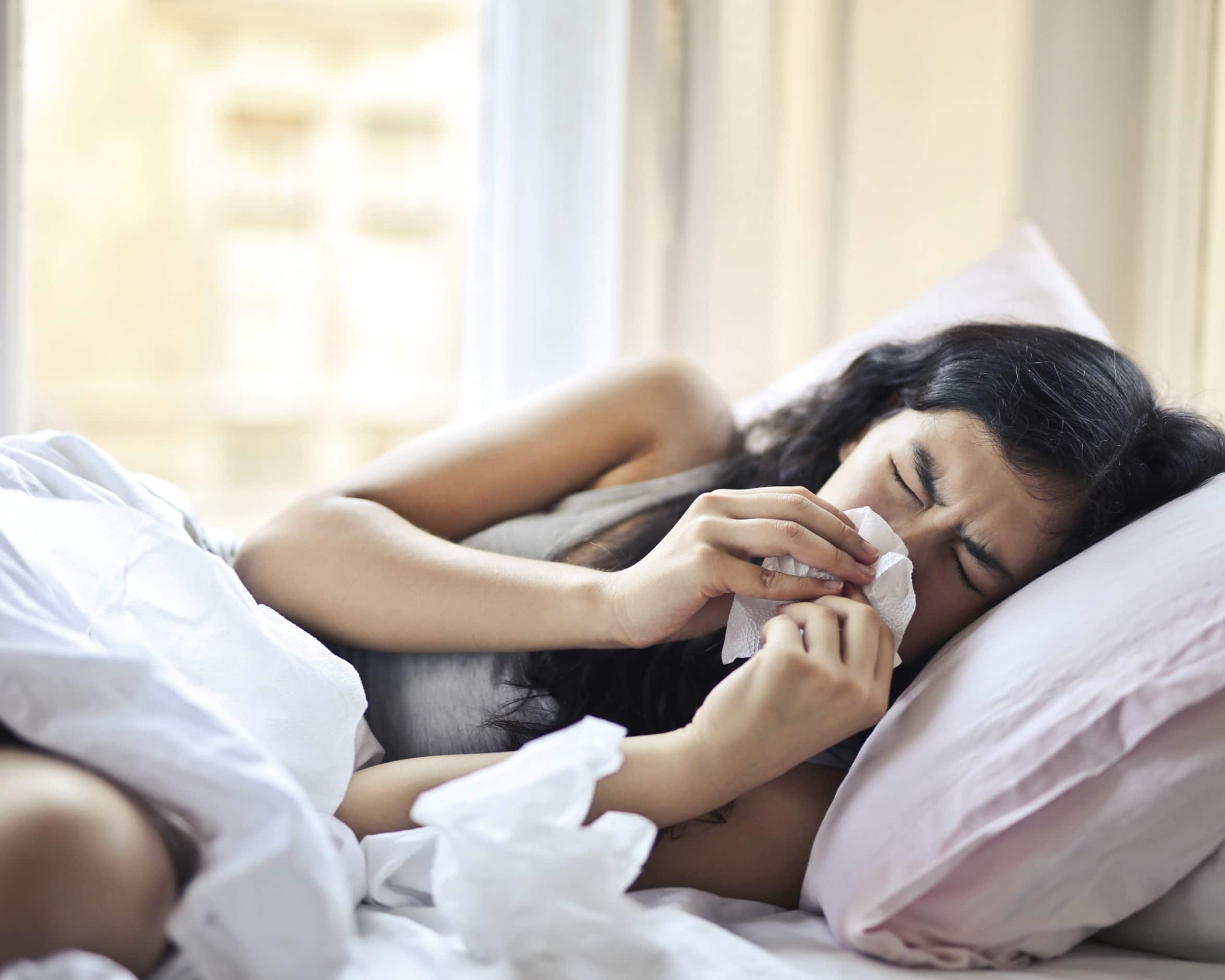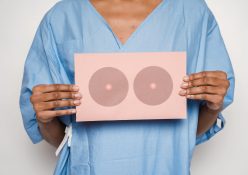Seasonal allergies taking away the spring in your step? Here’s the science behind hay fever
The next few months are a time of great joy for many people as they get ready to bask in the sun and enjoy the excitement that the changing season brings. But for some unlucky folks, this is the time of the year that they can’t help but dread – not because they have a strong dislike in summer. Instead, it’s due to the fact that they will be reaching for a box of tissues more than they did when they binge-watched that soppy rom-com. Hay fever season is officially upon us – here’s everything you need to know about the confounded condition.
The crux of the matter
It is said that between 10% and 30% of the world’s population suffers from hay fever (also known as allergic rhinitis). In South Africa, most sufferers of seasonal allergies face hay fever symptoms from spring season, when pollen is in abundance. Some, however, experience it all year round. Those who suffer from hay fever have an allergic reaction to allergens in the air, such as pollen from grass, trees and weeds (the most common triggers), animal dander and moulds. Although the symptoms are anything but pleasant, it doesn’t pose a risk to your health, although those with asthma and other breathing problems might have to seek treatment options from a healthcare professional. How you experience hay fever may differ from year to year, since the pollen counts are not consistent. It is also said that global warming may cause pollen counts to increase over the years, due to higher temperatures and CO2 levels leading to growth spurts in plants.
Treatment and prevention
Those who’ve had their fair share of hay fever’s effects usually reach for over-the-counter medication that reduces the symptoms and makes it more bearable (for the time being). Antihistamine treatments and decongestants are some of the most popular options available, but there are a few (more natural) steps you can take to get seasonal allergies off your back.
• Check the weather app. While these applications on our mobile phones come in handy for getting an idea of what
the weather forecast will look like, it usually also shows what the levels of pollen will be
in the area. It allows you to base your decision about whether to spend time outdoors on how it may affect your allergies.
• Vaseline is your friend. If you do choose to venture outdoors for extensive periods of time, apply a bit of petroleum jelly at the bottom of your nasal cavity. It prevents pollen from being inhaled as it traps it before entry.
• Close the doors and windows – do this in both your home and your car, depending on where you’ll be spending time. It will prevent pollen from entering the area, keeping hay fever at bay for longer.
• Put your COVID-19 masks to good use. Need to do your gardening chores and mow the lawn (both of which could spike your hay fever symptoms)? We recommend wearing a mask to refrain from inhaling pollen as much as possible.
• Wear your sunglasses.It’s a good idea to protect your eyes, as it’s prone to be one of the first (and most pesky) areas to show symptoms of hay fever.
• Up your vitamin C intake. If you’d like to give natural antihistamines a try to treat your seasonal allergies, foods high in vitamin C might do the trick. Citrus fruits, Brussel sprouts, broccoli, peppers and strawberries are some of the options.
Words by Bianca Muller
Photography: Pexels





